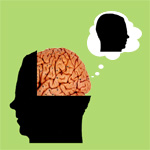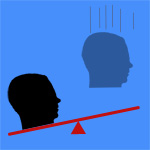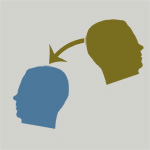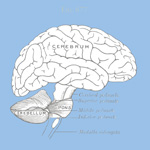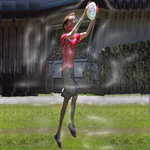 I am always skeptical of claims that humans are unique. The facts that we use tools, and clothes, and language, have failed to differentiate us from other species. The more we learn about nature, the less well defined seem to be the boundaries between natural domains.
I am always skeptical of claims that humans are unique. The facts that we use tools, and clothes, and language, have failed to differentiate us from other species. The more we learn about nature, the less well defined seem to be the boundaries between natural domains.
Avoiding sweeping generalizations, I will still say that the human species has gone further than others in some directions, including preoccupation with the future and awareness of death. I doubt my cat Charlie thinks further ahead than his next meal, and not even that far when his belly is full. Charlie lives in the day, and in the hour: he hunts with ferocious intensity, and sleeps soundly afterwards. I, in contrast, devote most of my energy to projects which may not yield results for weeks or years, results which in some cases (like the Phantom Self project) are highly uncertain. Charlie lives mainly in the scene of his immediate experience; I concern myself mainly with the future portrayed in my imagination. Charlie’s experience is, by and large, an accurate representation of the world he lives in; but the future events I imagine are often very different from events in the real future, as it finally turns out.
As early as young adulthood, some people feel a need to plan their entire lives. Our society encourages them: to choose a career path, for example, that will finance a mortgage. Before young people have paid off their student loans, ads exhort them to start saving for retirement. Careful planning for the future is praised as prudent behaviour.
Such prudent planning allowed our ancestors to make the transition from roving bands of hunter-gatherers to settled agrarian societies – a transition that presaged a population explosion and the beginning of human dominance of this planet. Success in farming required thinking about next year. Migration to colder climates would have been impossible without the ability to think things through: to preserve and tan the hides of slaughtered animals with the intention of making clothes and footwear; to collect stones and sods in summer in order to build shelters for the coming winter. Natural selection favoured the species – ours – with the greatest ability to plan for the long term. And so it has continued to this day: our powerful imaginations allow us to coordinate our efforts, invent, design, and build, anticipate potential disasters and sometimes successfully avoid them. Being so preoccupied with our futures leads inevitably to thinking about our deaths. Continue reading “Death, Revisited”


